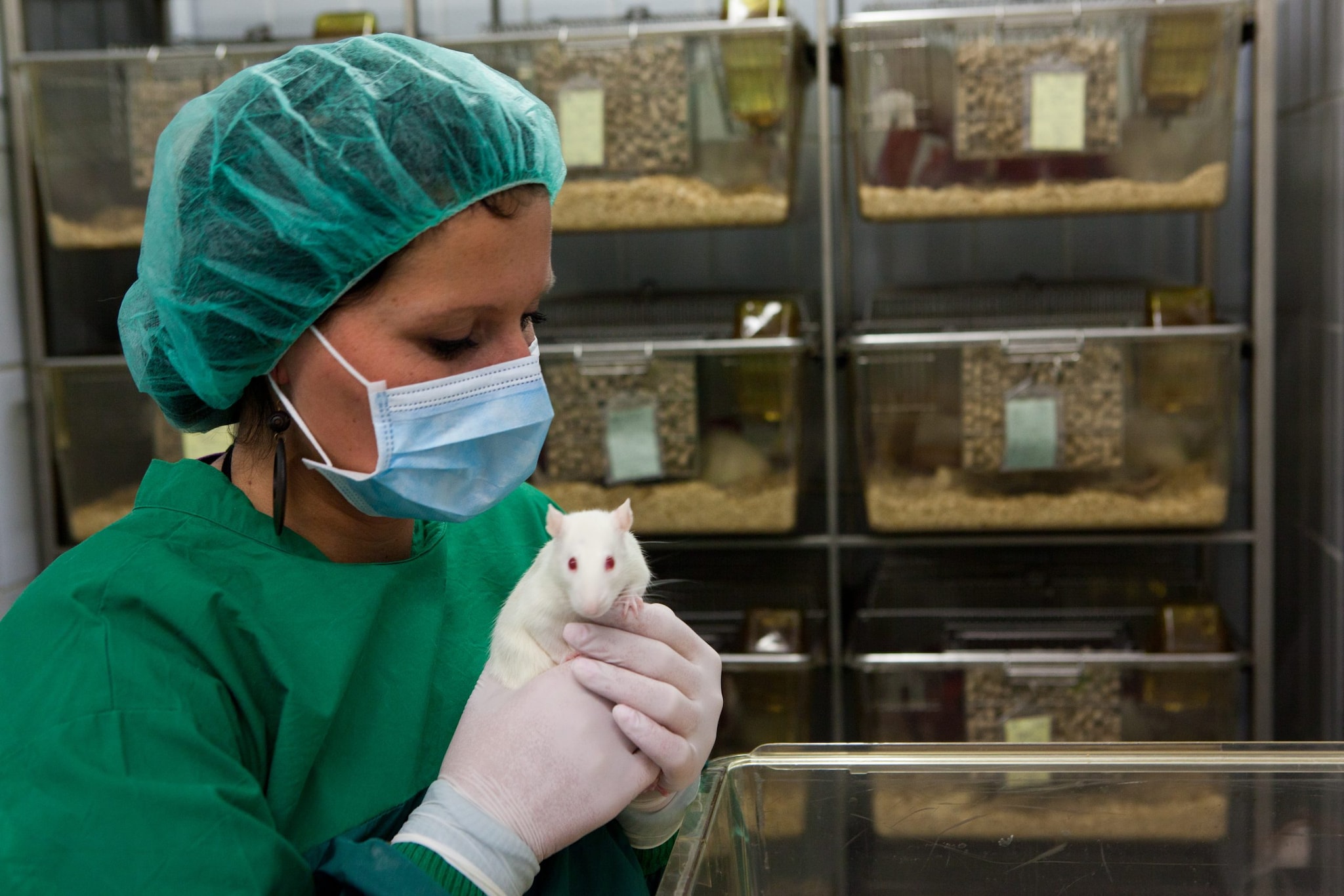Key points
- Employers can prevent injuries and illnesses among their veterinary workers by developing a comprehensive workplace-specific written safety and health program.
- Plans should incorporate concepts of hazard identification, assessment, prevention and control, implementing the hierarchy of controls.
Recommendations for Employers

Employers have the responsibility to provide a safe workplace. Effective safety and health programs reduce workplace injuries and illnesses and associated costs. Employers may consider developing a comprehensive written safety and health program that addresses key elements:
- Leadership from management
- Worker participation
- Hazard identification and assessment
- Hazard prevention and control
- Education and training
- Program evaluation and improvement
- Communication and coordination for host employers, contractors, and staffing agencies
Employers of veterinary medicine and animal care workers may consider:
- Developing and implement a comprehensive written workplace-specific safety and health program.
- Reviewing and updating the written safety and health program periodically.
- Documenting and maintaining staff records of training, immunizations, and work-related injuries and illnesses.
- Complying with Federal and State occupational hazard laws.
- Complying with relevant Federal, State, and local laws such as proper veterinary waste management and disposal.
- Informing all workers and volunteers about potential workplace hazards.
- Promoting safe work habits including safe animal handling and infection control practices.
- Having a medical surveillance system in place to record and report workplace-related injuries and illnesses.
- Ensuring that equipment is maintained and operated safely.
Worker Training
Veterinary medicine and animal care workers can be trained about hazards before they begin work. Refresher training can be conducted at regular intervals as required or as needed. Training can include information about the following:
- Potential workplace hazards.
- Occupational risks for pregnant and immunocompromised workers.
- Effective use of controls for reducing workplace exposures.
- Veterinary standard precautions including infection control practices.
- Safe handling, restraint, and care of animals.
- Preventing needlestick, scalpel, and sharps injury.
- Proper care and use of personal protective equipment (PPE).
- Prompt reporting of work-related injuries and illnesses.
- Emergency and evacuation procedures.
Consider providing similar training for any non-employees like volunteers or students. The American Veterinary Medical Association and their associated insurance association provide guidance on best practices when working with non-employees.
Hierarchy of Controls
The hierarchy of controls listed below should be followed to most effectively protect veterinary medicine and animal care workers from workplace hazards. Different categories of methods for controlling hazards are listed in general order of effectiveness. However, an individual preventive intervention may be more or less important than suggested by its general category. Some examples are provided. Often a combination of engineering and administrative controls and PPE are needed to adequately protect workers from workplace hazards. PPE should be used only when other controls cannot effectively reduce hazardous exposures.
- Elimination: remove the hazard from the workplace
- e.g., do not admit animals for which the facility is not properly equipped
- e.g., do not admit animals for which the facility is not properly equipped
- Substitution: switch to the use of a less risky hazard
- e.g., switch to the use of safer chemicals
- e.g., switch to the use of safer chemicals
- Engineering controls: prevent exposure to a hazard or place a barrier between the hazard and the worker
- e.g., install an effective waste anesthetic gas scavenging system
- e.g., install an effective waste anesthetic gas scavenging system
- Administrative controls: implement changes in work practices and management policies
- e.g., require rabies pre-exposure vaccination for workers at risk
- e.g., require rabies pre-exposure vaccination for workers at risk
- PPE: use gloves, safety eyewear, masks, hearing protection, respirators, or other protective equipment
- e.g., require the use of hearing protection in an animal shelter with barking dogs
- e.g., require the use of hearing protection in an animal shelter with barking dogs
Prevention through Design
As shown in the Hierarchy of Controls, one of the best ways to prevent and control workplace injuries, illnesses, and fatalities is to “design out” or minimize hazards and risks early in the design process. Prevention through design efforts in veterinary facilities can protect workers, animals, and be cost-effective.
- Consider safety in the design and construction of animal handling, restraint, housing, and other veterinary facilities.
- Consider safety in the design of processes such as animal restraint and anesthetic gas control systems.
